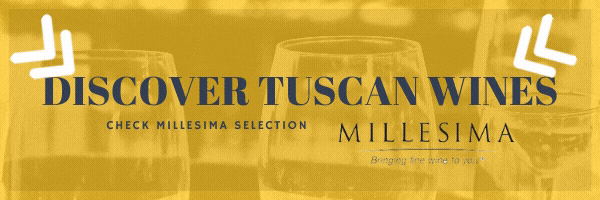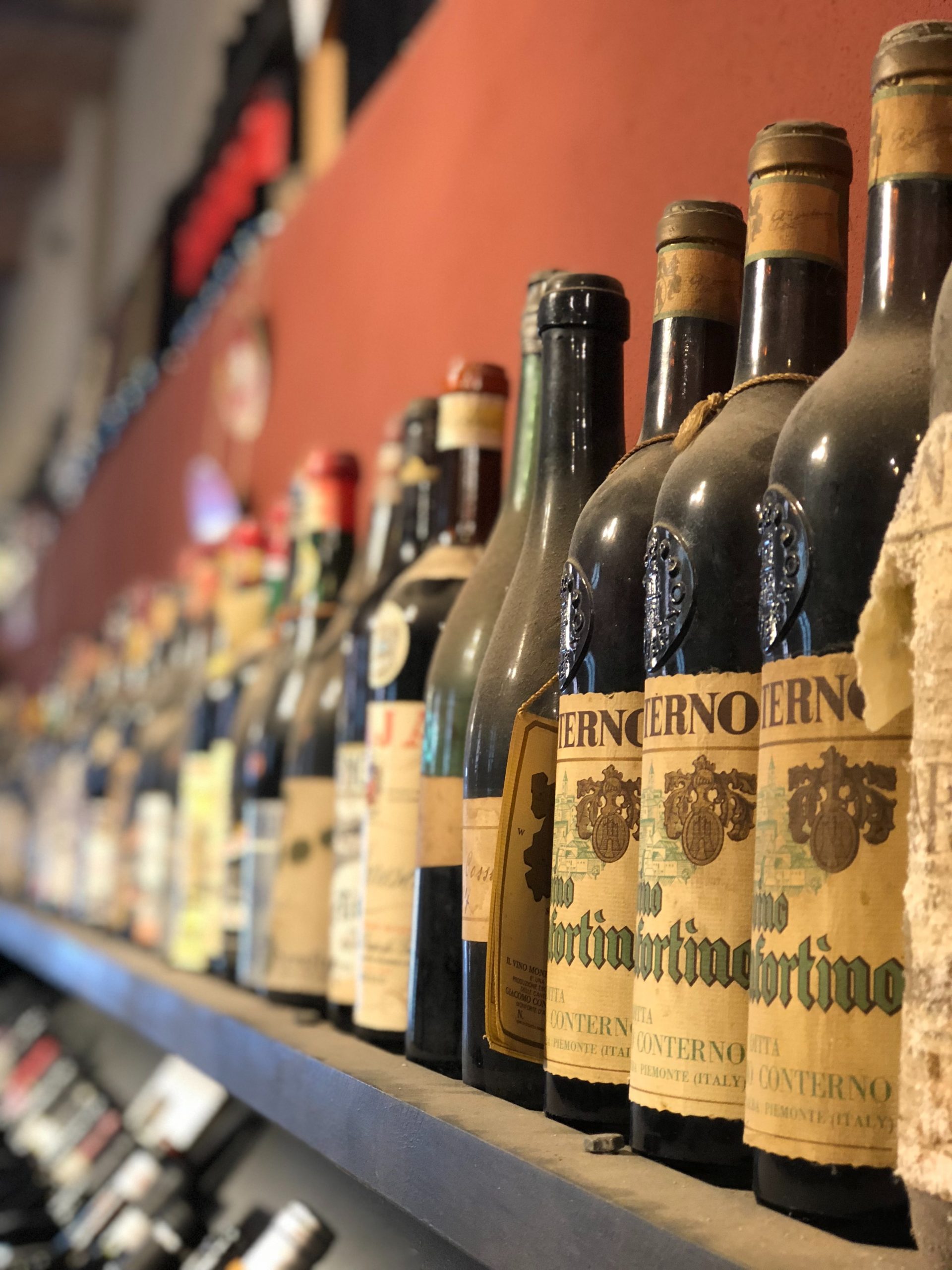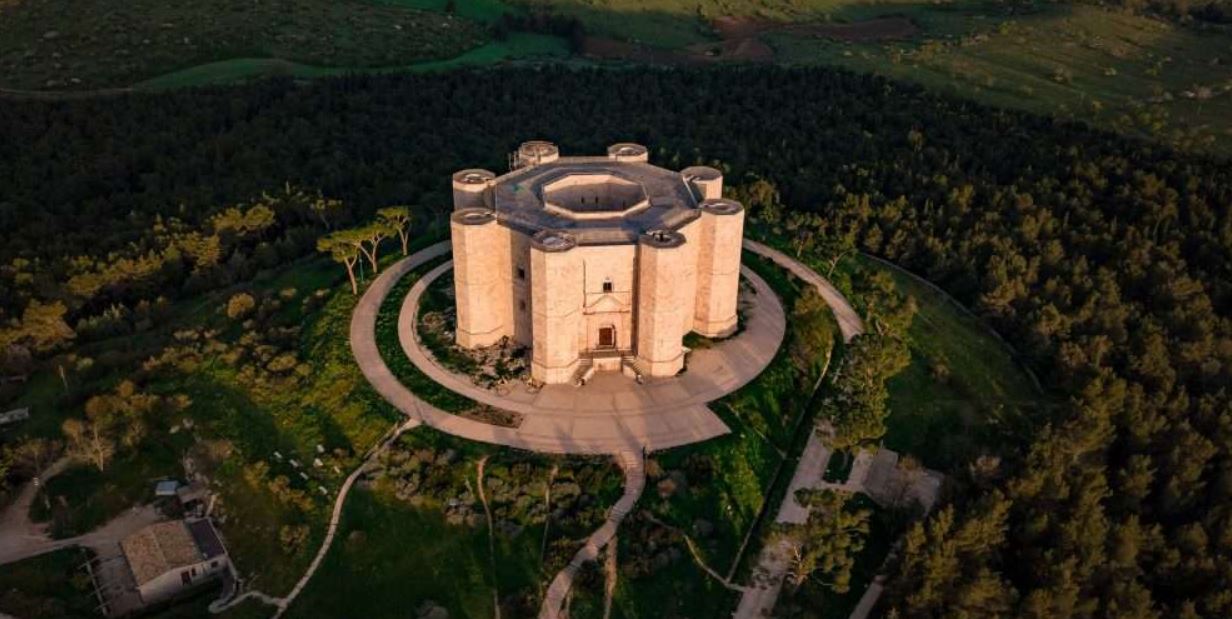Crafted amidst the Tuscan coast’s whispering cypresses, Bolgheri Sassicaia DOC is more than wine—it’s a legend in a bottle.
Table of Contents
What is Bolgheri Sassicaia DOC?
Bolgheri Sassicaia DOC is a one-of-a-kind wine appellation dedicated solely to the flagship Super Tuscan from Tenuta San Guido, a blend of roughly 80–85% Cabernet Sauvignon and 15–20% Cabernet Franc. Adored by collectors and sommeliers worldwide, it stands as a symbol of Italian winemaking boldness and coastal elegance.
Why is Sassicaia considered a revolutionary wine?
When Sassicaia debuted in 1968, it defied expectations—and tradition. At a time when Tuscan reds were dominated by Sangiovese and rustic winemaking styles, Tenuta San Guido introduced a bold new vision: a wine crafted from Cabernet Sauvignon and Cabernet Franc, aged in French oak, and grown in stony coastal soils that seemed more Médoc than Montalcino. It was a radical departure—and a risk.
The name Sassicaia itself means “place of many stones,” a nod to the gravelly terrain that not only shapes the wine’s structure and minerality but also symbolized its outsider spirit. From the beginning, Sassicaia was destined to stand apart. Over time, that boldness paid off—earning global acclaim and sparking the Super Tuscan movement that forever changed the course of Italian wine.
History and Origins
The story of Sassicaia begins not with a winemaker, but with a horseman. In the 1940s, Marchese Mario Incisa della Rocchetta, an aristocrat with a passion for thoroughbreds and a deep admiration for French refinement, settled in the quiet Tuscan hamlet of Bolgheri. Inspired by the noble Bordeaux wines he had tasted during his time in France, he envisioned something radical: planting Cabernet Sauvignon and Cabernet Franc—grapes virtually unheard of in Tuscany at the time.
He experimented quietly, at first growing vines for personal use on the family estate of Tenuta San Guido, named after a 13th-century saint. But the quality of the wine was undeniable. When the 1968 vintage was finally released to the public, it caused a sensation. Sassicaia was unlike anything Italy had seen: elegant, structured, and unmistakably international, yet rooted in Italian soil.
Its impact was so profound that it not only helped launch the now-celebrated category of Super Tuscans, but in 2013, Sassicaia became the only single estate wine in Italy to receive its own DOC—Bolgheri Sassicaia DOC. A rare and remarkable honor, it cemented the wine’s legacy as a trailblazer in modern Italian winemaking.
Where It’s Made: Geography & Terroir
Sassicaia is born in a place where the rhythm of the sea shapes the soul of the land. Just a few kilometers inland from the Tyrrhenian coast, near the medieval hilltop town of Castagneto Carducci, the vineyards of Tenuta San Guido stretch across gently sloping hills in southwestern Tuscany. Here, cool maritime breezes sweep through the vines, tempering the warmth of the sun and preserving the grapes’ vibrant acidity—a hallmark of Sassicaia’s elegant style.
The soils are what give Sassicaia its name and its structure. The word Sassicaia comes from sasso, meaning “stone,” and indeed the terrain is gravelly and mineral-rich, reminiscent of Bordeaux’s Left Bank. These rocky soils, rare in Tuscany, force the roots to dig deep, yielding wines of exceptional complexity, precision, and aging potential.
This unique microclimate—sun-drenched yet breezy, stony yet lush—is a paradox that defines Sassicaia. It is not just a wine of place, but a wine that elevates its place, capturing the untamed beauty of the Tuscan coast in every glass.
The Grape Blend of Bolgheri Sassicaia DOC
- Cabernet Sauvignon (80–85%) — backbone of power
- Cabernet Franc — finesse, spice, aromatic complexity
This precision blend results in Sassicaia’s signature balance of strength and elegance.
Winemaking & DOC Regulations
- Minimum 24 months of aging, including at least 18 months in barrel
- Produced exclusively at Tenuta San Guido
- Alcohol: minimum 12%
- Annual production: approximately 36,700 cases from 80 hectares of vineyards
Key Facts at a Glance
| Attribute | Details |
| First Vintage | 1968 |
| DOC Established | 2013 (unique to Sassicaia) |
| Blend | Cabernet Sauvignon / Cabernet Franc |
| Aging | ≥24 months (18 in oak) |
| Production | ~80 ha vineyard, 36K cases/year |
| Iconic Vintages | 1985, 2001, 2004, 2016 |
Vintage Guide of Bolgheri Sassicaia DOC: Which Years to Buy
- Classic Masterpieces: 1985, 1997, 2001, 2004, 2016 – all earned 100 points and offer long-term aging potential.
- Value Picks (drink now): 2018, 2019, 2020 – softer, approachable, less expensive.
- Cellar Candidates: 2015, 2017 – emerging complexity, ideal for future enjoyment.
- Avoid: Warmer, oxidized vintages like 2012 (less structure).
Sassicaia vs Ornellaia vs Masseto
| Wine | Grape Focus | Style Concerns | Collector Appeal |
| Sassicaia | 80–85% Cabernet Sauvignon | Linear, elegant, age-worthy | Blue-chip, investment-grade |
| Ornellaia | Bordeaux blend | Lush, aromatic, plush | Luxurious, renowned |
| Masseto | 100% Merlot | Deep, velvety, rare collector’s dream | Ultra-premium, high ROI |
Investment Guide for Bolgheri Sassicaia DOC: Prices & Auction Trends
- Price Appreciation: 2000–2020 shows strong upward trajectory—up to 300% for 2001.
- Auction Highlights: Sotheby’s 2004 sold for €9,000 per case.
- Storage Cost: Ensure stable cellar conditions (12°C, 70% humidity).
- Sell vs Hold: Vintage performance, provenance, and market timing are key.
Tasting Notes & Characteristics
Sassicaia captivates the senses with an aroma that is both bold and quintessentially coastal: a bouquet of cassis, graphite, and cedar, underlined by whispers of Mediterranean herbs—thyme, sage, and rosemary—recalling the fragrant scrub of the Tuscan shoreline. On the palate, this wine is a study in balance: silky, finely grained tannins cradle a mineral-laced core, where marine-inspired salinity meets rich fruit weight, unfolding into a long, resonant finish—remarkably elegant, yet unmistakably of the Tuscan coast.
Vintage Highlights
- 2015: Ripe and flamboyant, this vintage opens with exuberant plum, cassis, vanilla, coffee, and graphite, layered with spice and liquorice. There’s both power and poise, with a “controlled power underpinned by gorgeous sweetness”—a Sassicaia to cellar, not just to sip now.
- 2016: A masterpiece of precision, the 2016 is sharp-edged and chiseled, high in acidity and tension. Expect blackberry, grilled herbs, barbecue spice, and ripe cherry—long, powerful, and built for long-term evolution.
- 2019: Elegant and refined, this vintage weaves together cassis, leather, Mediterranean herbs, dark mineral earth, black cherry, tobacco, and a stony texture. Balanced and energetic, with a graceful lift and vibrant acidity that promises decades of expression.
- 2021: A brilliant study in harmony, the 2021 vintage spent 25 months in oak, half of which was new. Aromas unfold in succession—from lavender, rosemary, blackberry, crème de cassis, and graphite to cedary red plum, tobacco, star anise, mint, sage, black olive, and warm spice. It finishes long, impeccably balanced—an exquisite evolution in a bottle.
- 2022: A striking recent release, this Sassicaia presents dark cherry, plum, leather, licorice, graphite, and incense. Lower alcohol (13.5%) and taut tannins convey freshness and precision—this one promises to age beautifully.
Why These Notes Matter
Each vintage tells a different chapter of Sassicaia’s story—from the spicy exuberance of 2015 to the architectural elegance of 2016, the poised complexity of 2019, and the aromatic brilliance of 2021. Through them, the timeless essence of Sassicaia—its coastal minerality, refined structure, and Mediterranean soul—remains unwavering.
Food Pairing Recipes with Instructions
- Bistecca alla Fiorentina: Grilled T-bone with rosemary and olive oil.
- Venison and Juniper: Slow-braised, aromatic, with creamy polenta.
- Aged Pecorino: Simple, tangy, and a perfect contrast to Sassicaia’s depth.
Where to Buy Sassicaia
- Retail: Wine.com, Vinfolio, Mr. Porter (buyable ranges $200–$1,500 depending on vintage).
- Auctions: Sotheby’s, Zachy’s, Liv-Ex – excellent for rare vintages.
- Subscriptions & Gift Sets: Some wine clubs offer curated Sassicaia assortments.
Visiting Tenuta San Guido
While the nearby famous Ornellaia estate allows for high-end winery and tasting tours, Tenuta San Guido, that produces Sassicaia cannot be visited. The winery’s website states: “Dear All, Tenuta San Guido does not organize guided visits to the winery and vineyards. Given the strong relationships we have with our partners worldwide, we do not sell our products directly but only through them”.
Frequently Asked Questions About Sassicaia
What kind of wine is Sassicaia?
Sassicaia is a prestigious red wine from the Bolgheri region of Tuscany, made primarily from Cabernet Sauvignon, with a smaller portion of Cabernet Franc. It’s considered the original Super Tuscan—a category born in the 1970s when winemakers broke away from traditional Italian regulations to craft Bordeaux-style blends. Aged in French oak and known for its elegance, structure, and aging potential, Sassicaia is a modern icon with deep roots in terroir and tradition.
Why is Sassicaia so expensive?
Sassicaia commands high prices due to its limited production, exceptional quality, and global reputation. Produced by Tenuta San Guido from a single estate vineyard in Bolgheri, each vintage reflects meticulous craftsmanship and aging potential. Decades of critical acclaim, historic significance, and rarity have made Sassicaia a collector’s favorite—and one of Italy’s most coveted wines.
Is Sassicaia the best wine in the world?
While “best” is subjective, Sassicaia is consistently ranked among the top wines globally. In 2018, the 2015 vintage was named #1 Wine of the Year by Wine Spectator, cementing its status in the pantheon of great wines. Its balance of power, finesse, and aging capacity make it a benchmark not just for Italian reds, but for fine wine worldwide.
How do you pronounce Sassicaia?
Sassicaia is pronounced: [Sass-eh-KAI-ah]
The name comes from sasso, meaning “stone” in Italian—a nod to the gravelly soils where the vines grow. Like the wine itself, the word rolls off the tongue with structure and elegance.
What does Sassicaia taste like?
Sassicaia is known for its refined and complex flavor profile, often described as a blend of blackcurrant (cassis), cedar, graphite, and subtle herbal notes. On the palate, it offers fine-grained tannins, vibrant acidity, and a long, elegant finish. With age, Sassicaia develops even more nuance—think leather, tobacco, and earthy depth. It’s a wine that combines Bordeaux-style sophistication with a distinctly Tuscan soul.
Is Sassicaia worth $300?
For collectors and fine wine lovers, Sassicaia is considered well worth the investment. Priced around $300 per bottle, it offers exceptional quality, aging potential, and global recognition. As the original Super Tuscan, it’s highly sought-after, often featured on “best wines of the world” lists. Its limited production, consistent critical acclaim, and cellar-worthy structure make Sassicaia a premium wine worth the splurge.
How should Sassicaia be stored?
To preserve its quality over time, store Sassicaia in a cool, dark environment at around 12°C (54°F), with 70% humidity. Avoid exposure to direct light or vibration, and lay bottles on their side to keep corks moist. Proper wine storage ensures that Sassicaia’s flavors evolve gracefully, maintaining its elegance and structure for decades.
What is the best vintage of Sassicaia to buy?
Some of the top-rated Sassicaia vintages include 2001, 2006, 2015, and 2016—the latter two earning 100-point scores from major critics like Wine Advocate and Wine Spectator. These vintages are celebrated for their balance, depth, and aging potential. While newer releases are excellent, older vintages from strong years can offer extraordinary drinking experiences.
How many bottles of Bolgheri Sassicaia DOC are produced annually?
Tenuta San Guido produces approximately 36,700 cases of Sassicaia each year, equivalent to just under 450,000 bottles. These come from about 80 hectares of vineyards in the Bolgheri Sassicaia DOC. Limited production combined with high demand makes Sassicaia a rare and collectible wine on the global market.
Sassicaia vs. Barolo: What’s the difference?
Sassicaia and Barolo are two of Italy’s most iconic wines, but they differ in style, grape variety, and region. Sassicaia is a Bordeaux-style blend (primarily Cabernet Sauvignon and Cabernet Franc) from coastal Tuscany, known for its polished tannins and international flair. Barolo, on the other hand, is made from 100% Nebbiolo in Piedmont, offering more floral, tar, and earthy notes with firmer tannins. Both are prestigious and age-worthy, but appeal to different palates and occasions.
Related Articles & Next Steps
- Super Tuscan Wines Overview
- Investing in Italian Wines: Complete Guide
Have you tried Sassicaia? Share your tasting notes or travel tips with us on Instagram @DrinkItalian_com!
————————————————————
Please come back soon.
Send us an email if you want to suggest edits, or if you are looking for more info, at
cheers@drinkitalian.com
If you are in the mood for a good book, you can try:
– The Modern History of Italian Wine by Walter Filipputti
– Hidden Gems of Italy: An Insider’s Secret Formula To Find Top-Class Italian Wines At Value Prices And Taste La Dolce Vita by Tony Margiotta
Additionally, you can discover the other wines from Tuscany.



